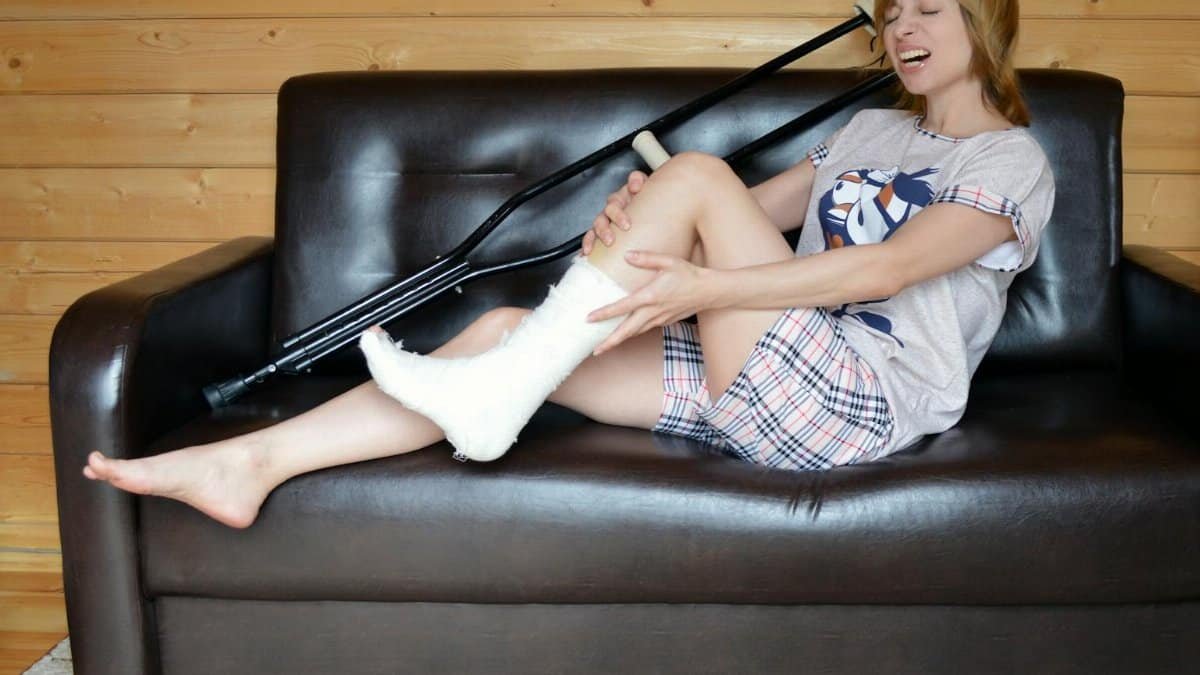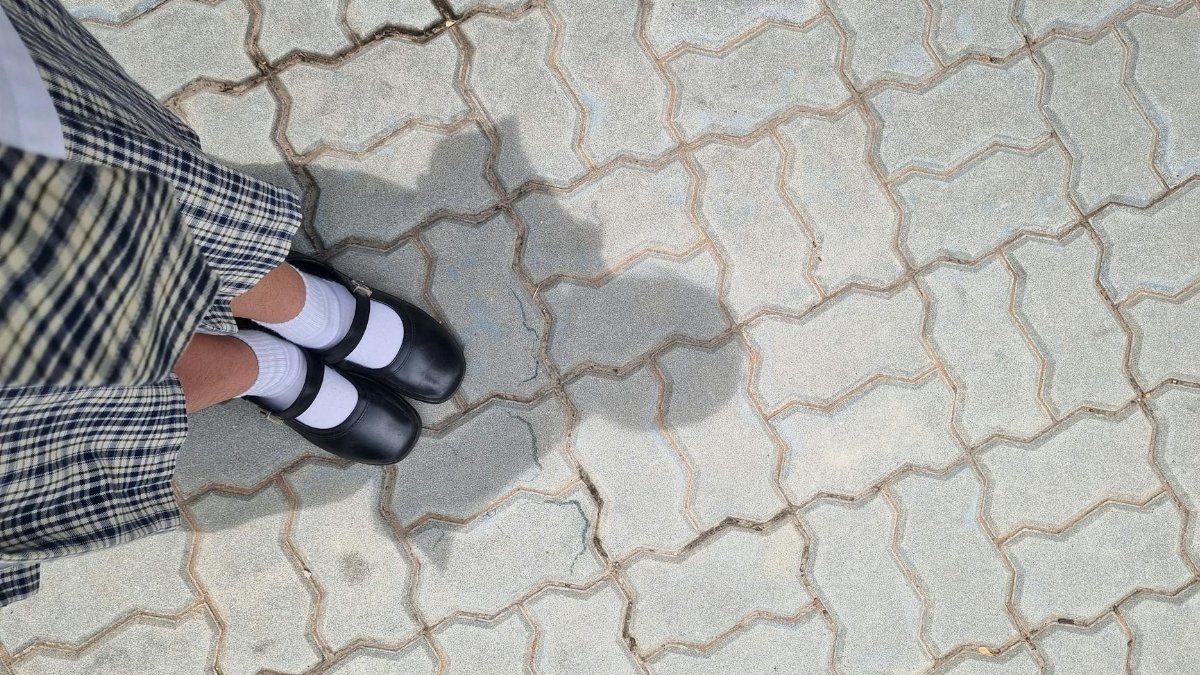Is mind-body healing the breakthrough you’ve been missing? For many, the cycle of repeating painful patterns feels unbreakable—until they tap into this powerful approach. Simply put, mind-body healing connects emotional wounds with physical well-being, addressing the root causes of distress. It’s gaining traction as a way to stop reliving trauma and start rebuilding. Whether it’s through mindfulness, somatic therapy, or stress reduction, people are finding relief by uniting body and mind. This isn’t just theory; it’s a practical path to breaking free from what hurts.
What Is Mind-Body Healing?

Mind-body healing is a holistic practice that recognizes the link between mental and physical health. It’s based on the idea that unresolved emotional pain can manifest as physical symptoms—think chronic tension or fatigue. By addressing both aspects together, through techniques like meditation, breathwork, or body awareness exercises, individuals can release stored trauma. Research supports this connection, showing stress impacts the body at a cellular level. It’s not just feel-good fluff; it’s a science-backed way to heal.
Why We Repeat Painful Patterns

Humans are wired to repeat what’s familiar, even if it’s harmful. Unhealed emotional wounds—grief, rejection, or shame—often drive behaviors like toxic relationships or self-sabotage. Without awareness, the body holds onto these experiences as stress or pain, keeping the cycle alive. Mind-body healing interrupts this loop by helping people process emotions physically and mentally. It’s about noticing the signals your body sends and understanding they’re often tied to past hurts.
How Trauma Lives in the Body

Trauma doesn’t just linger in the mind; it embeds itself in the body. Studies show that stress hormones like cortisol can stay elevated long after a traumatic event, leading to issues like insomnia or muscle tension. A landmark study by the CDC on Adverse Childhood Experiences (ACEs) links early trauma to chronic health problems later in life. Mind-body healing targets this stored energy, using practices like yoga or guided imagery to release it.
Breaking the Cycle With Awareness

The first step to healing is awareness—recognizing how past pain influences present actions. Mind-body techniques teach you to tune into physical sensations as clues to emotional triggers. For instance, a racing heart might signal anxiety tied to an old memory. By acknowledging these feelings without judgment, often through mindfulness or journaling, you start to dismantle their power. It’s not overnight, but it’s a start to rewriting your story.
Practical Tools to Start Healing

Getting started with mind-body healing doesn’t require a guru. Simple practices like deep breathing can calm the nervous system in minutes. Somatic exercises, where you focus on bodily sensations, help release pent-up stress. Apps or local classes for guided meditation are widely accessible. Even a daily walk while paying attention to your breath and surroundings can shift your state. The key is consistency—small steps build lasting change.
Evidence Behind the Approach

Skeptics might question the hype, but data backs mind-body healing. Research from National Institutes of Health (NIH) shows mindfulness-based stress reduction lowers anxiety and improves physical symptoms like pain. Programs integrating body awareness with therapy have helped veterans with PTSD and survivors of abuse. It’s not a cure-all, but for many, it’s a missing piece in their recovery puzzle.
Facing the Challenges of Healing

Healing isn’t always comfortable. Confronting buried emotions can feel overwhelming, and physical practices might initially heighten discomfort as the body releases tension. Some give up when progress feels slow. Support—whether from a therapist, group, or trusted friend—can make the difference. Patience is critical; the goal isn’t to erase pain but to stop letting it control your life.
Taking the First Step Today

Repeating what hurts doesn’t have to be your reality. Mind-body healing offers a way out by bridging the gap between emotional scars and physical relief. Start small—try a five-minute breathing exercise or notice how your body feels during stress. The journey isn’t linear, but each step forward weakens the grip of old wounds. Healing is possible when you listen to both mind and body.
